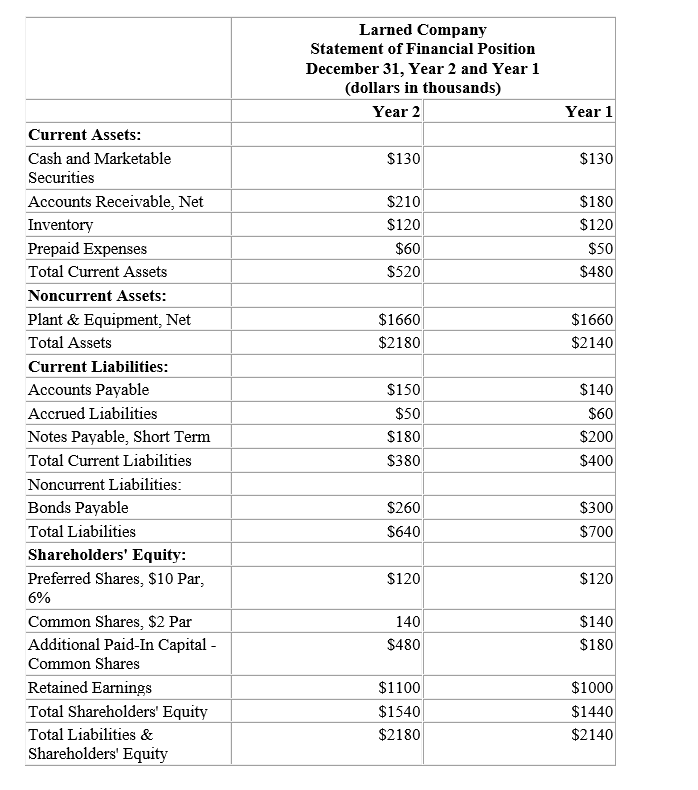Financial Statements for Narita Company Appear Below -Narita Company's Debt-To-Equity Ratio at the End of Year 2
Financial statements for Narita Company appear below:
-Narita Company's debt-to-equity ratio at the end of Year 2 was closest to which of the following?
Definitions:
Producer Surplus
The difference between what producers are willing to sell a product for and the actual price they receive, representing their benefit or surplus.
Minimum Acceptable Price
The lowest price at which a seller is willing to sell a product or service.
Consumer Surplus
The gap between what consumers are ready and able to shell out for a good or service and what they indeed spend on it.
Equilibrium Point
An equilibrium in the market where demand meets supply, causing price levels to remain unchanged.
Q19: The Carolina Corporation had a 2018 taxable
Q40: Rupert's Rims balance sheet lists net fixed
Q55: This type of business organization is relatively
Q65: Cable Company had the following results
Q66: You are evaluating the balance sheet for
Q115: You are thinking of investing in Tikki's
Q122: What does the payback method measure?<br>A) How
Q124: The Anaconda Mining Company currently is operating
Q127: The net present value of project
Q173: By what amount does a capital